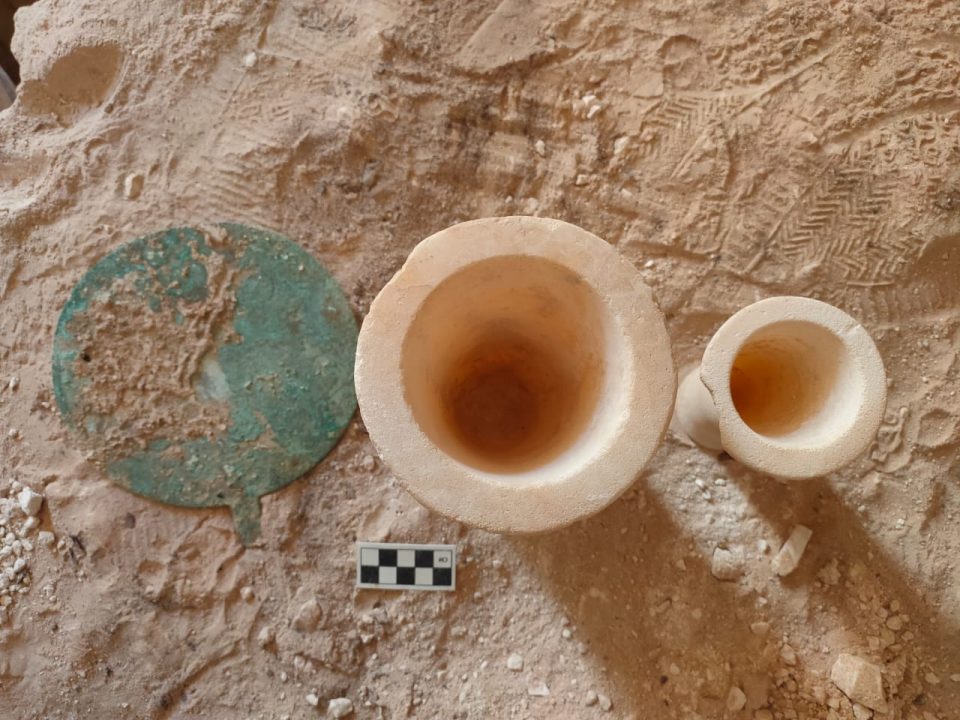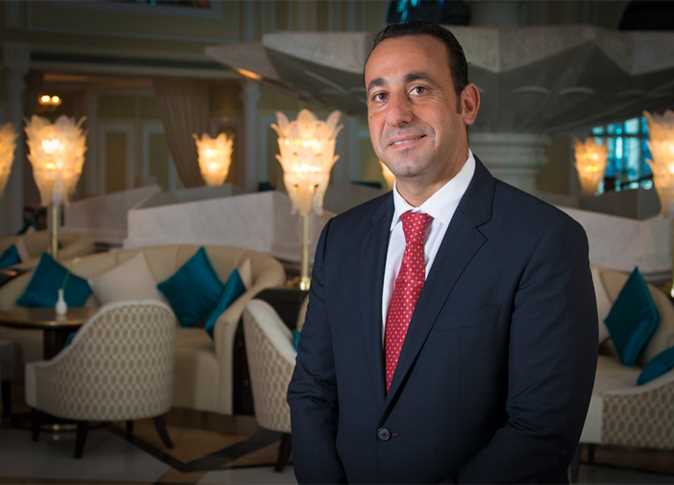The archaeological mission of Egypt’s Supreme Council of Antiquities has earthed a large number of ancient rock tombs east of Sohag.
The discoveries come as part of the mission’s archaeological documentation and registration project at the rock tombs of the Al-Hamdiya necropolis in Sohag governorate’s Eastern Mountain area.
Mostafa Waziri, Secretary-General of the Supreme Council of Antiquities, said that these tombs feature several models of about approximately 250 tombs etched at several levels in the mountain.
They included tombs with a well or several burial wells, and others with a ramp that ends with a burial chamber. These tombs date back from the end of the Old Kingdom to the end of the Ptolemaic period.
Waziri pointed out that one of the models discovered is a tomb dating back to the end of the Old Kingdom. It consists of an entrance leading to a cross-hall and a burial shaft in the south-east side. The tomb has a sloped passage leading to a small burial chamber, with its shaft reused in later eras.

He said that the tomb has a false door with the remains of hieroglyphic inscriptions, in addition to the presence of remnants of scenes belonging to the tomb’s owner. These scenes depict him slaughtering sacrifices, with people giving offerings for the deceased.
Mohammed Abdul Badia, head of the Central Department of Antiquities for Upper Egypt, said that the excavations in this area have resulted in the discovery of many pottery items, some of which were used in daily life.
Others were used as funerary furniture as miniature symbolic masterpieces, known as “Vot Miniature”, which are spherical small pots with a yellowish coating on the outside.

The mission additionally discovered many small-sized alabaster pots, remnants of a round metal mirror, human and animal bones, and many fractured pottery items. Alongside these discoveries were the remains of limestone pieces with inscriptions that may represent funerary paintings of the tomb owners dating back to the end of the Sixth Dynasty.
As part of the project, more than 300 tombs in the area, extending from The Sheikhs Nag in the North, have been registered and documented. The collection of tombs represents the rulers and workers of the ninth province of Upper Egypt, an important administrative centre in Ancient Egypt due to its position near to the capital Memphis.
Other important cities close by were Aswan, in addition to its proximity to the city of Abydos, the centre of worship of the God Osiris. It was also the main centre of the city of Akhmim, and the main god of the territory was Min.
Waziri said that the mission expects that more tombs will be uncovered on more than one level of the mountain.







